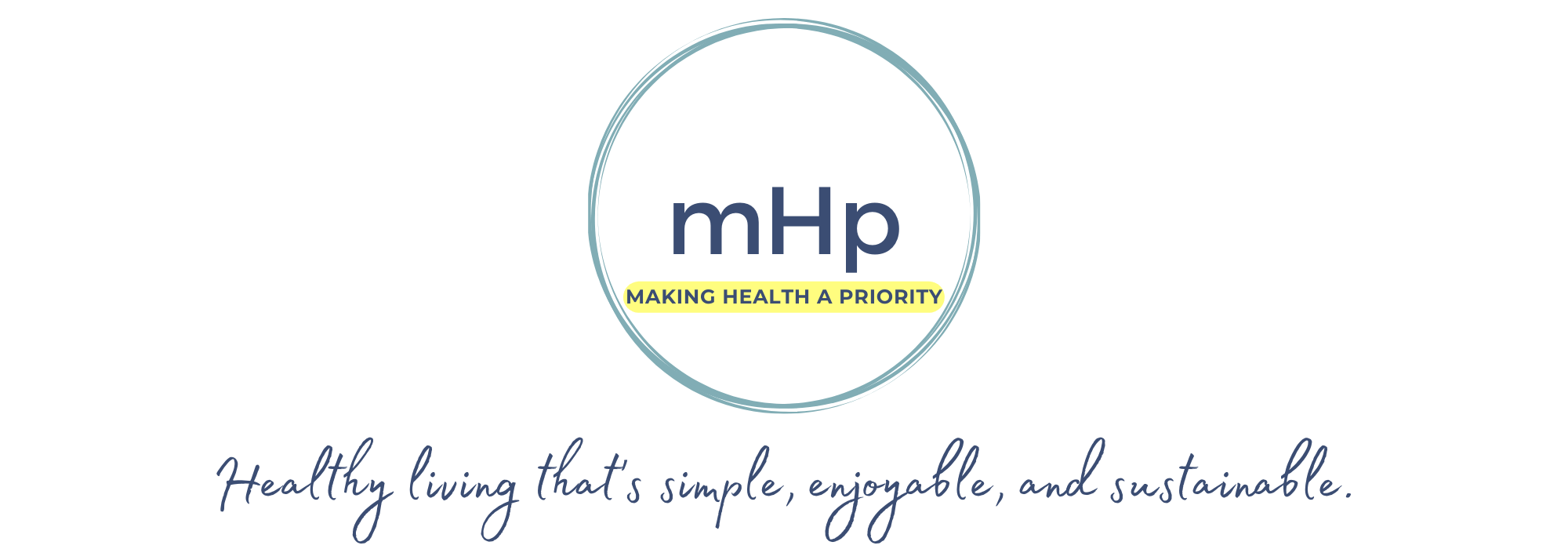How to Successfully Implement Short-Term Goals
Remember as a kid when a friend would say, "Wanna race?"
Maybe the two of you were bored, and a quick sprint seemed like just the thing to do.
You accept your friend's challenge, and for the next few moments, you are focused on only two things:
Running as hard and fast as you can.
Reaching your destination quickly.
You run your heart out, giving it everything you've got. And as you reach your destination, you're hurting.
You're breathing hard. Your face is red. Your leg muscles are burning. Your feet hurt. (Why was I always wearing jellies or flip-flops when these impromptu races came up?)
However, you reached your destination... quickly.
Pros & Cons of Intense, Short-Term Goals
The power of focused, intense, short-term goals is that they help you to move the needle quickly in an area of your life.
They are like the sprint with your friend. You get there fast, but there’s pain involved. These goals:
Are more difficult.
Require more focus.
Are harder to sustain long-term.
See the problem here? If you're not careful, they can become just another yo-yo.
To avoid this, here are three mindset shifts that can help you to implement these goals successfully.
Three Mindset Shifts to Successfully Implement Short-Term Goals
1. Understand that these goals are difficult but temporary.
When you see yourself approaching a clearly-defined, short-distance finish line, it's easier to tolerate the discomfort. You can endure a lot if it’s only temporary!
2. See the goal as moving you to a new baseline.
Once you've reached a new baseline, things get easier. That's because achieving a result is very different than maintaining a result. For example:
It's harder to lose excess weight (which requires a calorie deficit) than it is to maintain a healthy weight (which requires a calorie balance).
It's harder to build up muscle and strength (growth) than it is to maintain it (prevent atrophy).
It's harder to learn new recipes (“What is this ingredient? Where do I find that?”) than it is to prepare recipes you've already learned (eventually it takes little thought or effort).
It’s harder to get out of debt (putting extra money toward loans each month) than it is to be debt-free (having extra cash flow each month).
3. See the goal as one segment in an ongoing journey.
Although there is a short-distance finish line for the intense phase, the overall journey can’t end. It's important to be prepared for the next phase, which will be easier but still require action. In other words, don't go from all-out to doing nothing at all.
After the weight loss, you can’t eat junk all the time.
After getting in shape, you can’t become a couch potato.
After learning new recipes, you need to keep up the practice.
After getting out of debt, you can’t go back to spending money you don’t have.
How About You?
I’d love to hear about your experience with intense, short-term goals. Please leave a comment below!
If you like tips/tricks to make healthy living simple, enjoyable, and sustainable, then I invite you to subscribe to my newsletter. This is where I share new posts and exclusive content!
This post was originally published on 6/22/21.



